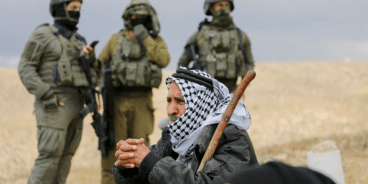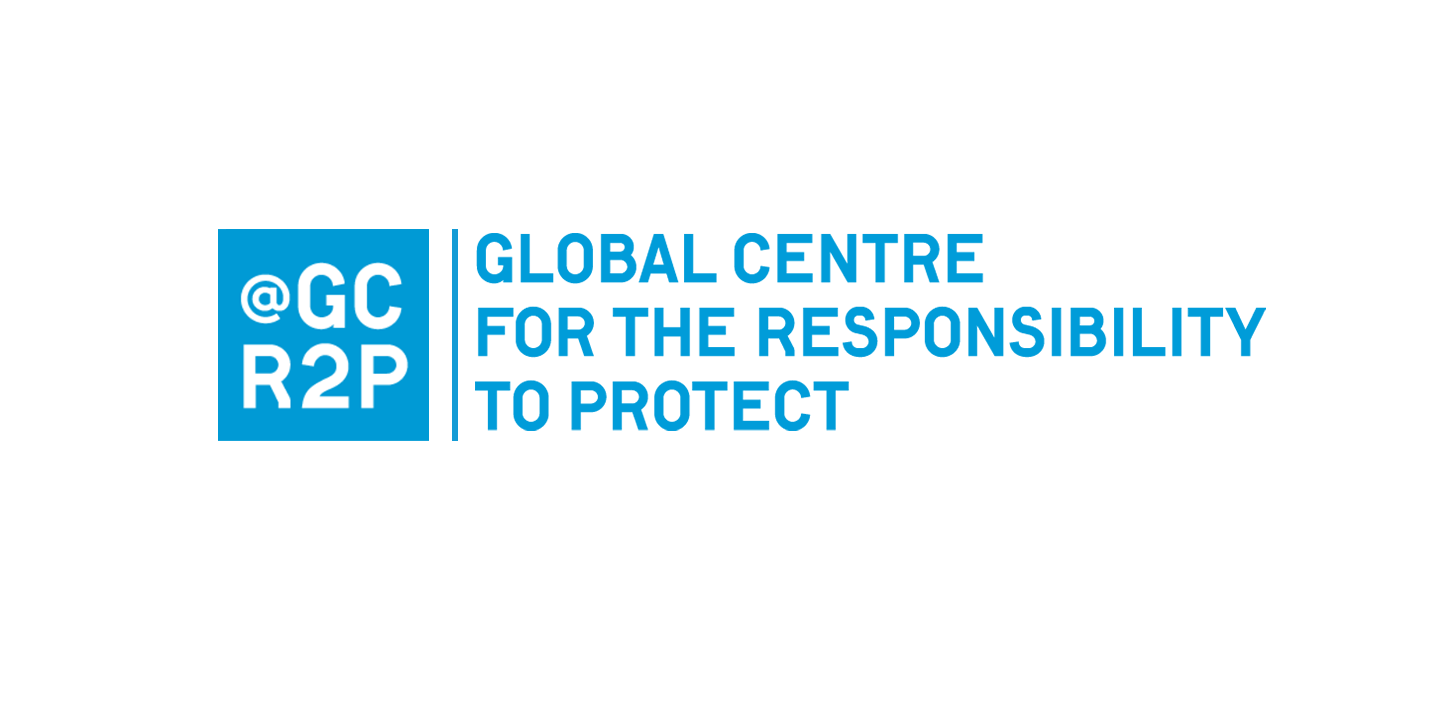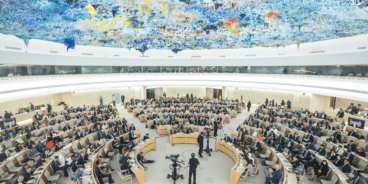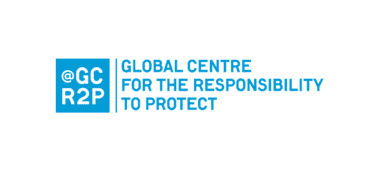

Value Added of R2P and Atrocity Prevention to the Protection of Civilians and Peacekeeping
The genocides in Rwanda in 1994 and at Srebrenica in 1995, and the failure of the international community to effectively respond to these tragedies, resulted in the development of two protection regimes: the Protection of Civilians and the Responsibility to Protect.
Currently, populations in many countries are facing the risk of mass atrocity crimes, namely genocide, crimes against humanity, war crimes and ethnic cleansing. From the Central African Republic to South Sudan or the Democratic Republic of the Congo, state and non-state actors continue to perpetrate mass atrocity crimes against vulnerable civilians. It is in these operating environments that peacekeepers are increasingly asked to deploy to protect civilians against the four mass atrocity crimes.
Nine out of fifteen current UN Peace Operations have the Protection of Civilians (POC) at the core of their respective mandates. Protection of civilians mandates demand that Peace Operations use both military and humanitarian means to help foster a secure environment for populations in their area of deployment. In many instances this involves protecting populations from mass atrocity crimes. To better understand the dynamics of threats and violence populations face, Peace Operations need an “Atrocity Prevention Lens” that systematically assesses the risk of the four crimes and enhances their capacity to protect populations effectively.
The purpose of this document is to clarify the added value of the Responsibility to Protect (R2P) and the use of an Atrocity Prevention Lens to the work of actors within Peace Operations mandated to protect civilians.

